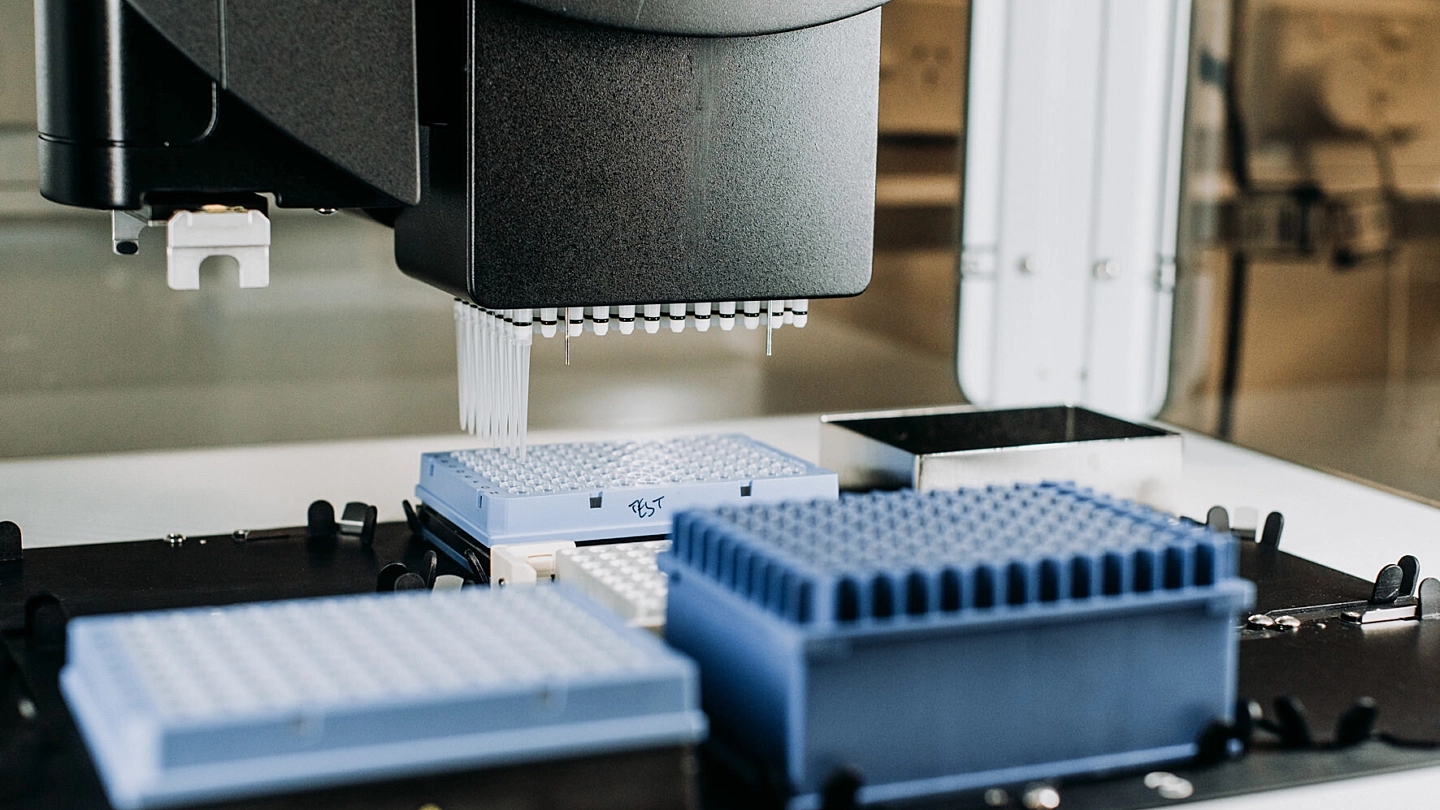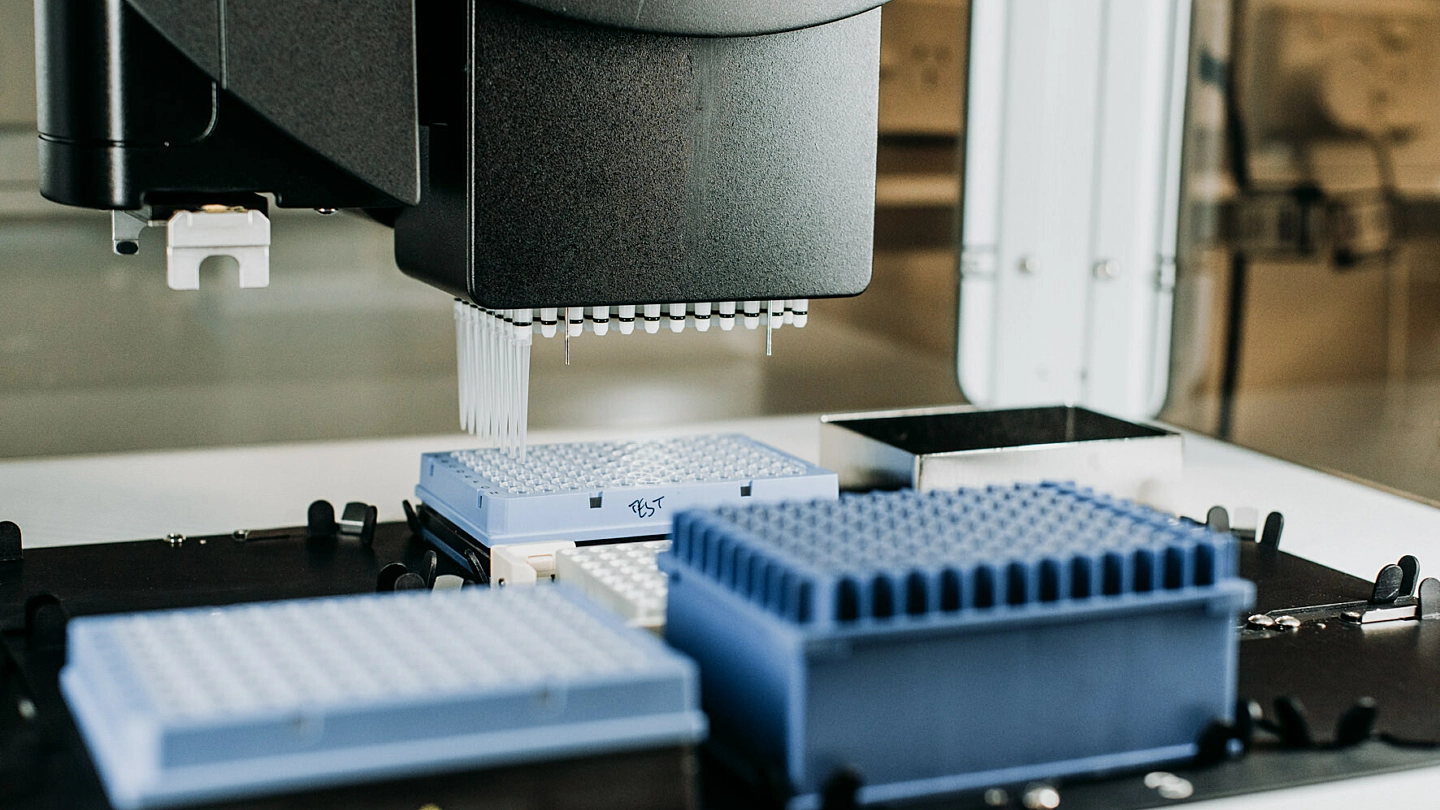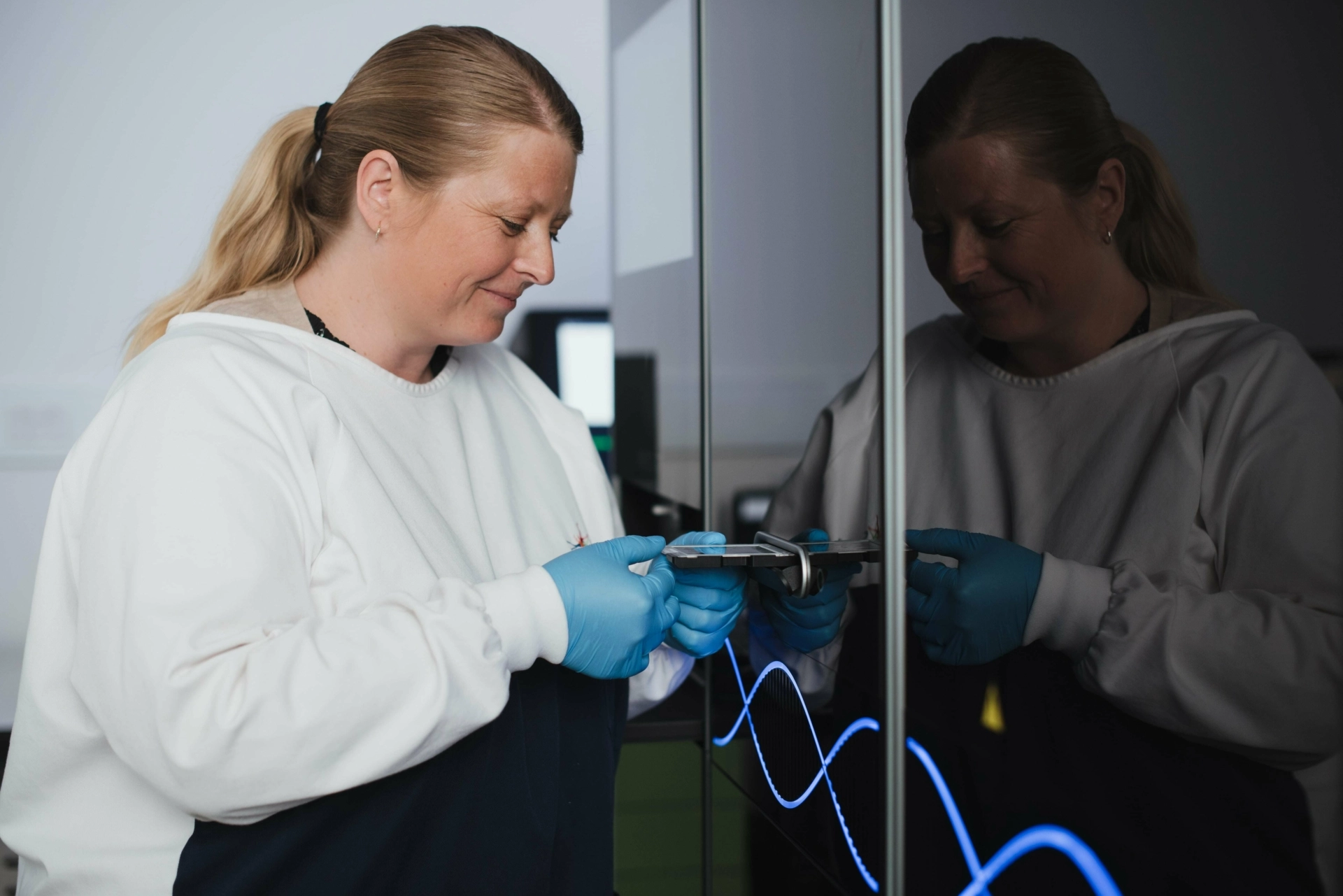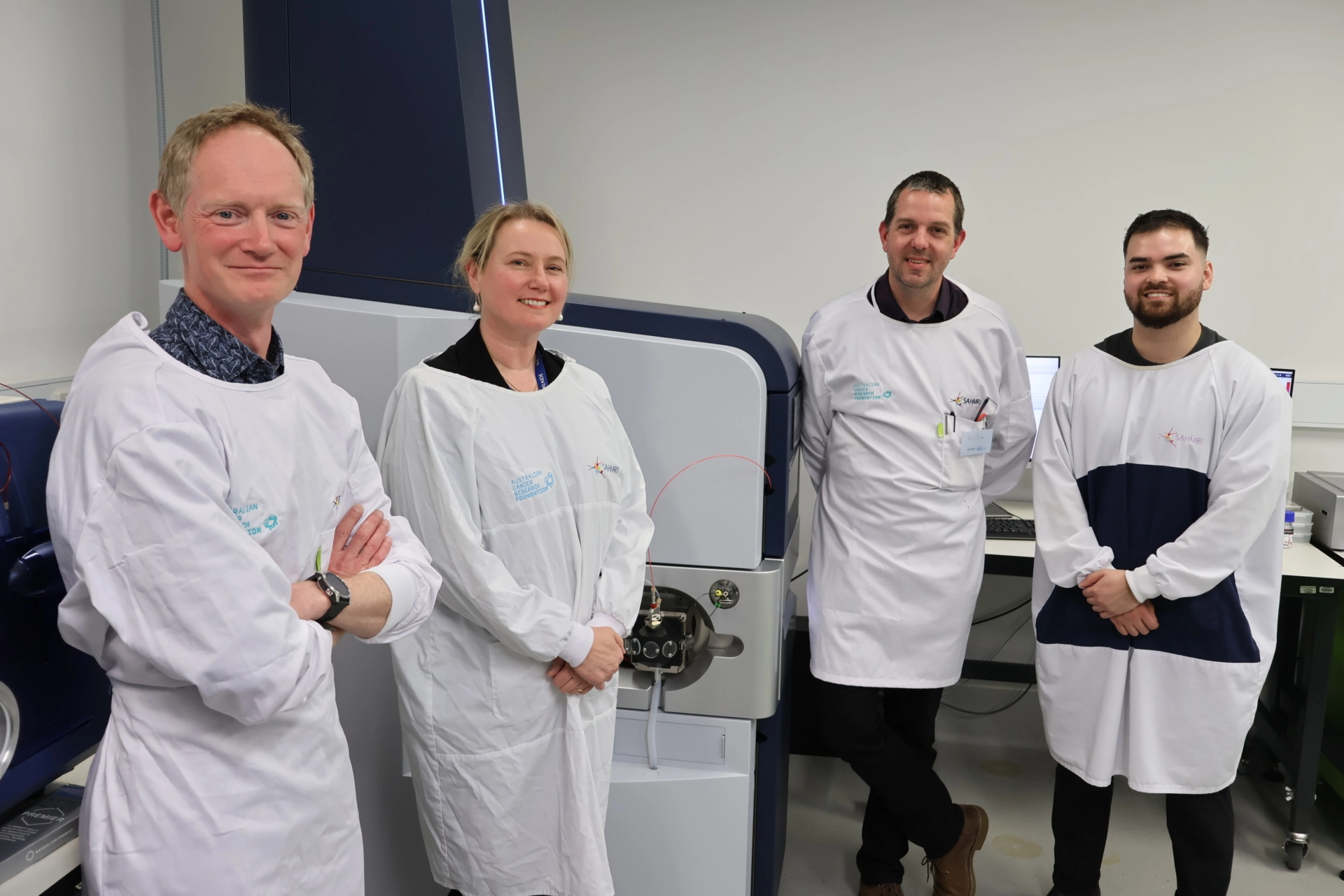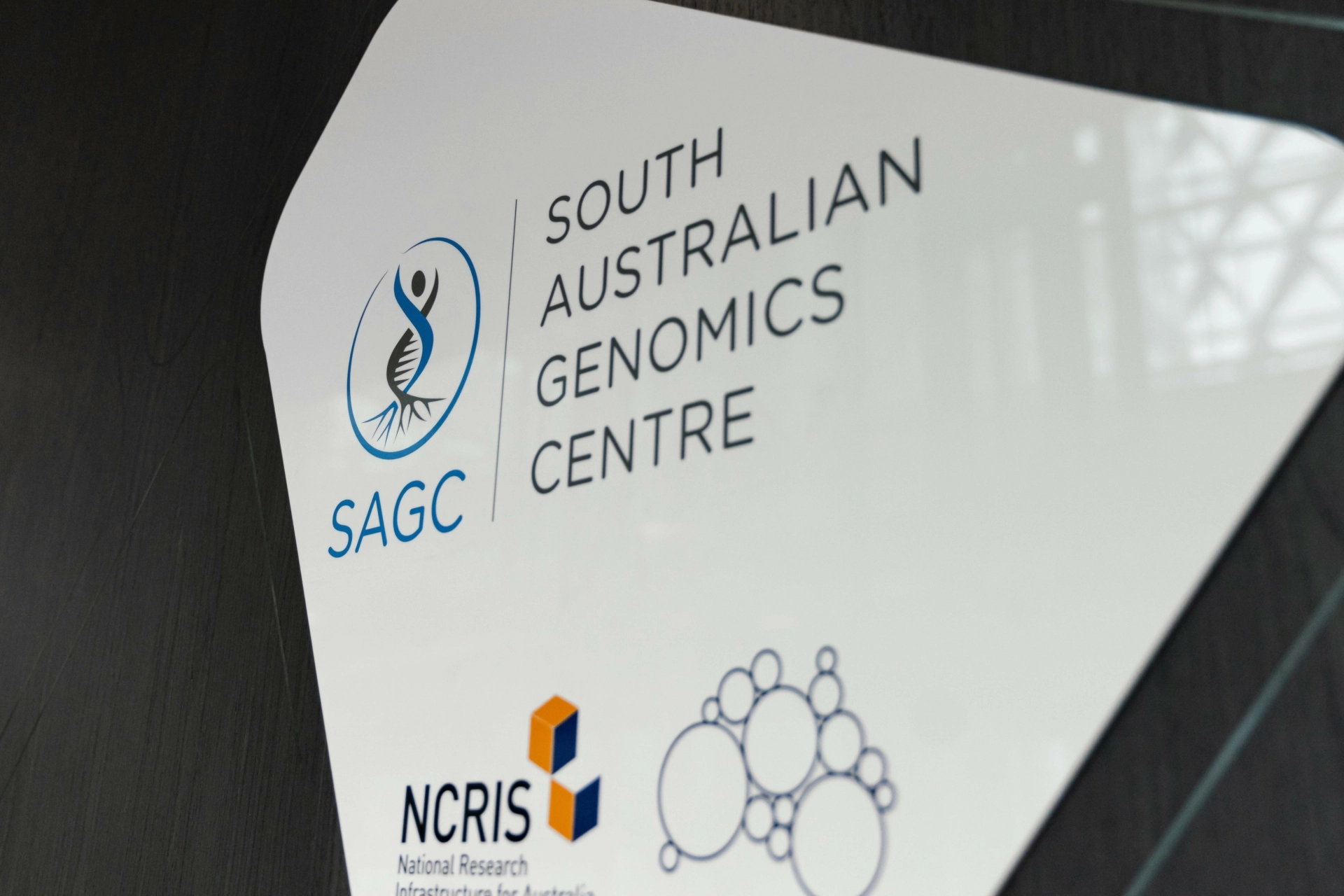The South Australian Genomics Centre (SAGC), with its main node based at SAHMRI, is staking it’s claim as a world-class single-cell profiling hub, by becoming the first certified service provider in the Asia-Pacific for Parse Bioscience’s EvercodeTM technology.
Evercode allows researchers to analyse gene expression from millions of individual cells in a single experiment—going far beyond the limits of traditional single-cell workflows.
The SAGC is pairing Evercode with its MGI DNBSEQ-T7 sequencer, the fastest and most-efficient sequencing platform in Australia, to deliver a highly scalable, cost-effective pipeline maximising single cell research.
SAGC Centre Manager, Dr Sen Wang, says access to the technology opens up a diverse range of possibilities for researchers locally, nationally and abroad.
“This technology is transforming what’s possible. By combining Parse’s scalable single-cell kits with our ultra-high-throughput sequencing capacity, we can now support projects of virtually any size and budget,” Dr Wang said.
Single-cell RNA sequencing (scRNA-seq) enables researchers to understand the unique gene expression profile of each cell within a complex sample, revealing insights into cell type, state, function, and disease signatures.
Traditional droplet-based methods can be limited by scale and cost, but Parse’s combinatorial barcoding approach enables researchers to fix and pool samples and run anywhere from a few thousand cells up to five million cells per run—achieving a tenfold reduction in cost.
SAGC Genomics Innovation Lead, Dr Munir Iqbal, says the plate-based barcoding system removes some of the limitations of droplet technologies.
“It simplifies sample handling, allows batching of fixed cells, and gives researchers much more flexibility, especially for large-scale or multi-timepoint studies,” Dr Iqbal said.
SAGC has already supported projects using this platform from leading institutions across Australia and New Zealand, including SAHMRI, the University of Queensland, University of Otago, the University of Melbourne, Garvan Institute, and the Menzies Institute in Tasmania.
A recent example includes a study led by Dr Stephen Blake and Professor David Lynn at SAHMRI and Flinders University, evaluating the immune response to therapeutic mRNA vaccines in immune cold colon cancer. Their research leveraged SAGC’s certified Parse workflow to batch and process fixed cells from multiple sources and timepoints—generating high-quality single-cell data for in-depth comparison.
“The Parse workflow was simple on our end and made it possible to fix and preserve cells collected at different timepoints for later processing by SAGC,” Dr Blake said.
“Munir from SAGC was very knowledgeable in the workflow and did a great job with our samples, keeping us informed at each stage of this process.”
As demand grows, SAGC is expanding its team and services to keep pace. The certification also complements SAGC’s recent recognition as a Xenium Certified Provider for spatial transcriptomics—making it one of only two centres in Australia certified for this advanced spatial biology platform.
“By bringing together these technologies, SAGC has become a national centre of excellence for single-cell and spatial genomics,” Dr Wang said.
“We’re giving researchers the tools to interrogate biology at an unprecedented level—one cell at a time.”
